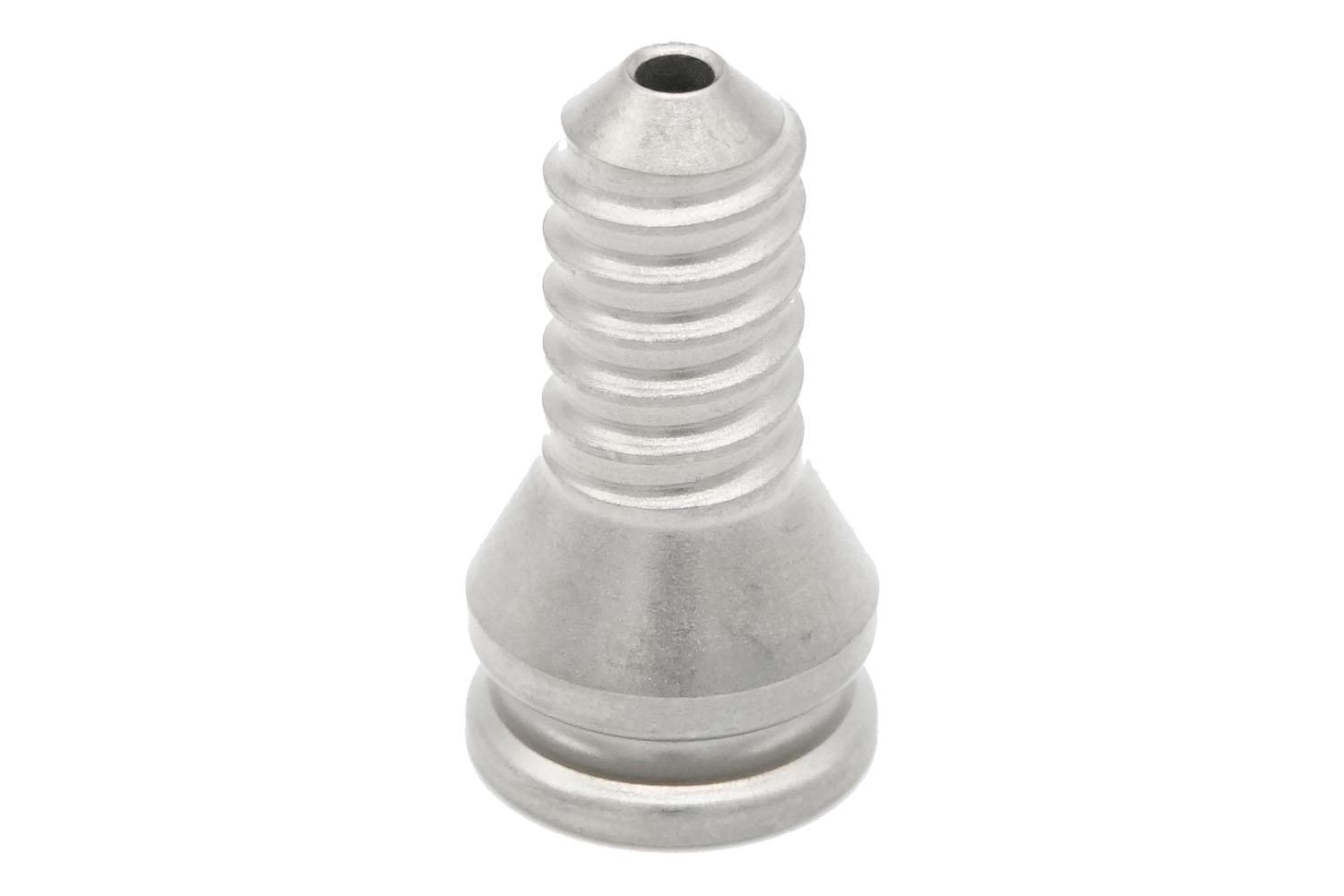Results

- The images that you see here are going to show a variety of cases.
- HyProCure will realign the ankle bone all three cardinal planes (transverse, frontal, and sagittal).
- Once the ankle bone is placed back where it is supposed to be located, there will be many other positive findings.
Clinical Results
Here are some examples of before and after. We do not guarantee any results. These videos are provided to illustrate the powerful effect of HyProCure. The foot is a complicated structure and there could be other parts of the foot that will also require surgical correction. The examples we show have only had HyProCure into their foot; no other surgical procedures were performed.
Here are a few videos of a child who had HyProCure placed into his right foot.
Here is an adult comparison of the right foot before and after.
Radiographic Results
Top-bottom view x-ray – red arrow on the left, showing the bisection of the ankle bone to the inside of the white dotted line. On the right, the placement of HyProCure into the sinus tarsi space and the normalization of the bisection of the ankle bone.
The above images show the transverse plane correction. Notice the red arrow on the left, showing the bisection of the ankle bone to the inside of the white dotted line. The image on the right shows the placement of HyProCure into the sinus tarsi space and the normalization of the bisection of the ankle bone.
Side view x-ray – before/after HyProCure alignment of the ankle bone in the sagittal plane
The image above shows the before/after alignment of the ankle bone in the sagittal plane. Notice how the red arrow, bisection of the ankle bone, is below the white dotted line. The blue arrow shows normalization of the ankle bone alignment after the placement of HyProCure.
Side view x-ray – frontal plane correction, this is where the heel bone was turning outward. Once HyProCure is placed into the sinus tarsi space, the shelf of bone is repositioned to its normal alignment.
This image shows frontal plane correction where the heel bone was turning outward. The red arrow on the top image shows a shelf of bone on the inner heel bone. The portion of bone should be angled upward. Here we see that white shadow which is the overlapping of the shelf of bone with the rest of the heel bone. Once HyProCure is placed into the sinus tarsi space, the shelf of bone is repositioned to its normal alignment. That is where there is less of a shadow. This image proves that rather than cutting the back of the heel bone and shifting it, a HyProCure implant can be inserted.
Fluoroscopic x-ray image of an adult standing on their feet. The ankle bone is really turned, partially dislocated, inward. It is realigned after HyProCure is placed into the sinus tarsi space.
This is a fluoroscopic x-ray image of an adult standing on their feet. The ankle bone is really turned, partially dislocated, inward. Notice how it is realigned after HyProCure is placed into the sinus tarsi space.
Fluoroscopic x-ray forefoot images of the same person before and after HyProCure
The image above is the forefoot images of the same person before and after HyProCure. There are 2 bones under the thick first metatarsal bone. The red arrow shows how the first metatarsal bone was shifting inward. The first metatarsal bone shifted back to normal alignment, closer to the thinner 2nd metatarsal bone. The shift of the metatarsal bone leads to a bunion deformity of the big toe joint. This shows a reduction of the bunion deformity after the placement of HyProCure.
Fluoroscopic x-ray the ankle bone forces the arch bone down. The arch bone is restored to its normal alignment once the ankle bone is realigned and stabilized with HyProCure.
This image shows how the ankle bone forces the arch bone down. This is what causes a lowering of the inner arch of the foot. The arch bone is restored to its normal alignment once the ankle bone is realigned and stabilized with HyProCure.






